☰ Cardiff Scientific Society
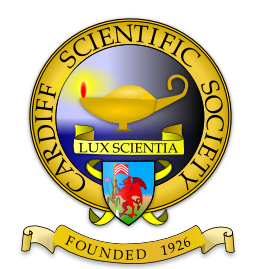

Cleaning the Air we Breathe: Controlling Emissions from Passenger Cars
Dr Martyn Twigg
Johnson Matthey
21st October 2009
Since the late 1960s there has been concern about the deterioration of urban air quality due to emissions from car engines. The main pollutants are hydrocarbons, carbon monoxide and nitrogen oxides. These can be removed using catalysts in processes which are controlled by powerful computers.
Recently, advances with high performance diesel engines have made them very popular. In these, treatment of nitrogen oxide emissions by converting them to nitrogen, as is the case in petrol engines, is impossible. Two processes are used: "NOx-trapping" which involves periodic catalytic regeneration and selective catalytic reduction with ammonia derived from urea. Diesel engine combustion produces more soot than petrol engines and filters are fitted so that it does not enter the environment. These must be cleaned periodically by burning, controlled by computers so that ignition of the soot is achieved (550 oC is needed) without any high temperature events. How this is done and other aspects of how emissions from both petrol and diesel engines have been reduced will be discussed.

Creative Value Engineering of Bridges and Buildings
Mr Tim Lucas
Price & Myers
7th October 2009
The talk will explain the creative value of engineering and, in particular, how a structure can look exciting without being complicated to make or build. A range of projects will be described including the new Meads Reach bridge in Bristol that demonstrate how principles of geometry, engineering, materials and manufacturing methods have been used to go from simple base components to intricate and apparently complex three dimensional forms.
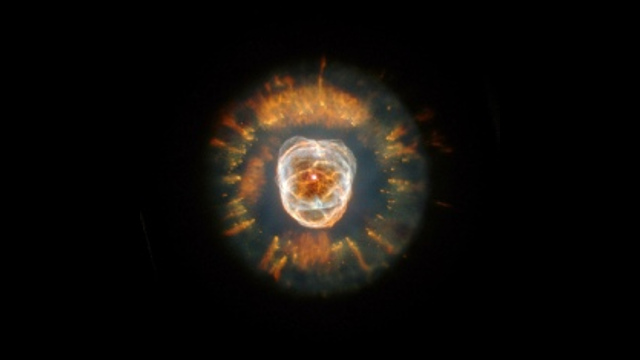
Chaos in the Universe
Dr Edward Gomez
Cardiff University
4th November 2009
This lecture replace the planned one "Smoking Supernovae: the controversy over the origin of cosmic dust."

The Lord Phillips Memorial Lecture - Lasers: Principles, Progress and People
Prof. Peter Blood
Cardiff University
18th November 2009
The first part of the talk will outline the key principles of the LASER from an historical viewpoint, starting with Einstein's paper of 1917 through to the working device of Maiman in 1960. The development of the diode laser in the 1960s, using semi-conductors, is at the heart of present day information technology: DVD and fibre communications for example. The second part of the talk will describe the vital role played by quantum mechanics in the progress to practical diode lasers.
All this comes from the intellect and imagination of people: individuals doing esoteric physics of seemingly little economic or social benefit, which others have translated into innovations which have spawned new industries.
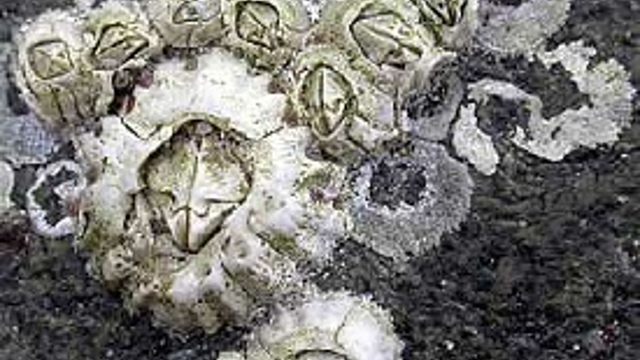
Two Darwins for the Price of One
Professor Anthony K. Campbell
Cardiff University and the Darwin Centre, Pembrokeshire
2nd December 2009
Charles Darwin was born on 12 February 1809. As a child he showed little of the genius that would make him the most famous British scientist of all time. His five year trip on the Beagle established him as a brilliant geologist, naturalist and biologist. By the time he came back he was already known in the highest of scientific circles. But it was his idea about how evolution works that made him really famous, or infamous in some circles and well known to the Victorian general public. For over 20 years after the Beagle voyage, he kept hidden his bombshell of Natural Selection until he received a letter from a little known naturalist working in Indonesia, Alfred Russel Wallace. Wallace's letter was a perfect description of Darwin's theory on the origin of species. He had been pre-empted! Yet this had already happened, for there was another Darwin, who had written about this concept of evolution and the struggle for existence some 60 years previously. This was Erasmus Darwin, Charles Darwin's grandfather. The lecture will explore how the tradition of evolution developed from Erasmus to Charles and beyond and how together they give us a vision for science, our culture and economy in the 21st century. The two Darwins were an extraordinary intellectual force and an inspiration for us all.
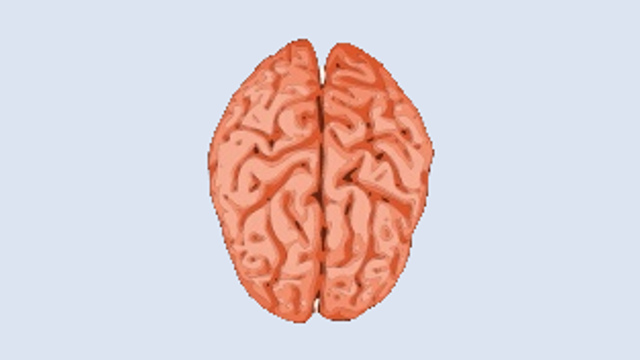
Hypoxic Homer and his incredible Pea-Brain
Prof. Damian Miles Bailey
University of Glamorgan
16th December 2009
The human brain is exquisitely sensitive to a lack of oxygen which is considered the primary stimulus for the initiation and propagation of damaging free radical reactions. As a consequence, the brain becomes "sore and swollen" and the way it fits inside your skull may have implications for the pathophysiology of migraine and stroke. "loose-fit" "pea-brain" appears to be neuroprotective...and may also improve your chances of summiting Mt. Everest!!!

Towards a Sustainable Future
Dr Natasha de Vere
The National Botanic Garden of Wales
20th January 2010
The mission statement of the National Botanic Garden of Wales is to: develop a viable world-class national botanic garden dedicated to the research and conservation of biodiversity and its sustainable utilisation, to lifelong learning and to the enjoyment of the visitor. My role within this is to develop the garden's conservation and research programme, concentrating at first on the Welsh flora.
I will tell you about the first two years of developing this programme and some of the projects we are working on. For plant species, this includes our Rare Welsh Plants Project, working on some of Wales' most threatened plants and our work DNA barcoding the Welsh flora. At the habitat level, conservation is focused around our National Nature Reserve, next to the botanic garden.
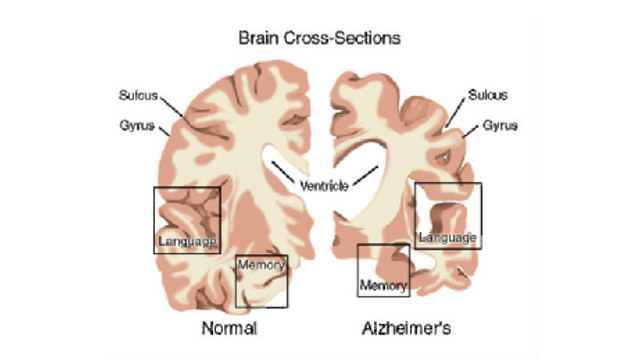
The Genetics underlying late-onset Alzheimer's Disease
Prof. Julie Williams
Cardiff University
The number of people with Alzheimer's disease will double in the next generation rising to over one million sufferers in the UK alone. Identifying genes which contribute to Alzheimer's disease development has already improved our understanding of the disease, but we still do not know what triggers the most common form of Alzheimer's disease, which occurs after the age of 65. In the last two years new technological advances now allow us to test every gene in the human genome as a risk factor for Alzheimer's disease. I will present new data describing several new susceptibility genes and gene pathways which trigger disease, discovered from the largest genome-wide association study currently undertaken involving over 16,000 individuals. I will set these findings in the context of lifestyle factors which may also influence our susceptibility to disease, such as smoking, obesity and alcohol use. These discoveries are already providing us with new clues about how the disease starts and more importantly how we can modify or even prevent it in the future.

Supporting Olympic Athletes: a Behind the Scenes Perspective
Dr Nicola Phillips
Cardiff University
10th February 2010
Supporting Olympic athletes in their bid for success in the largest sporting event in the world requires major planning and covers a diverse area. The presentation will provide an insight into the logistics of this support as well as discussing the lessons learned from travelling with Team GB in Beijing and how they can be transferred to supporting the Olympics as the host country in 2012. The legacy effects, particularly in health, have the potential to be wide ranging across the nation. Some of initiatives, which are already underway, will inevitably have an impact on the general population as more health professionals develop skills in promoting and facilitating a healthy active lifestyle.
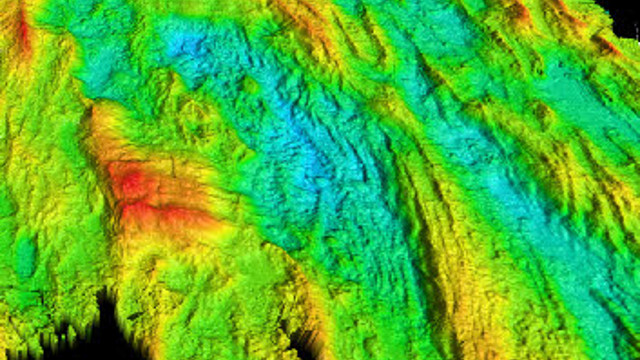
A New View of Seafloor Spreading at the Mid-Atlantic Ridge
Prof. Chris MacLeod
Cardiff University
17th February 2010
Seafloor spreading, the process by which new volcanic ocean floor is created at mid-ocean ridges, generates 60% of the surface of the planet and is arguably the most fundamental geological process on Earth. As the plates are pulled apart hot, ductile mantle beneath is drawn upward, decompresses and partially melts, rising to form a 6-7km thick igneous ocean crust. This supposedly simple 'conveyor belt' model has graced textbooks since the advent of the plate tectonic paradigm in the 1960s. However, the recovery of serpentinite - altered rock mantle - from the seafloor at some ridge axes requires us to re-examine the basic seafloor spreading paradigm. Why is the Earth's crust missing? Did it never form, or has it been ripped away? Results from recent cruises to the Mid-Atlantic Ridge will attempt to solve this conundrum using a variety of tools both modern and ancient.
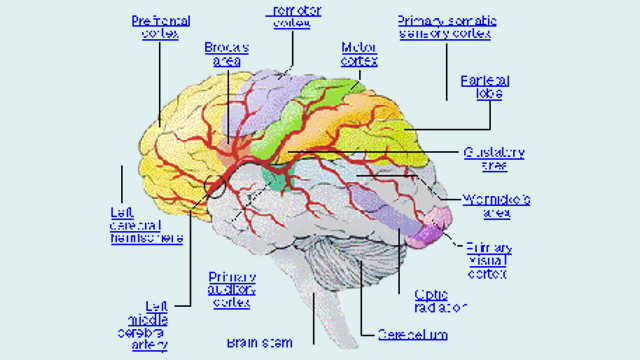
Recent Advances in Mapping the Human Brain
Prof. Derek K. Jones
Cardiff University Brain Research Imaging Centre
3rd March 2010
How is the brain wired up? What does it do? What happens when it goes wrong? To answer these questions, we need to probe the brain at different scales - from the neurotransmitter level, through the microstructure, to the macrostructural level. We need to identify where the brain processes different pieces of information - and the time course of those activations. Unlike the great anatomists of yesteryear, however, we cannot resort to saws and scalpels to extract this information from our average volunteer. So, what tools do we use? Good old electricity and magnetism! This talk will introduce new methods being developed to map the human brain at CUBRIC in the School of Psychology, Cardiff University and illustrate some of the things we've learned.

Txt Crimes, Sex Crimes and Murder: The Emerging Science of Forensic Linguistics
Dr Tim Grant
Aston University
17th March 2010
This lecture was first delivered as the Joseph Lister Lecture, awarded and supported by the British Association for the Advancement of Science Linguistic evidence demonstrating who sent a particular text message has been significant in a growing number of cases, including high profile no-body-found murder enquiries. In this presentation I will focus on and exemplify the methods of the emerging science of forensic linguistics and discuss how real cases can be addressed using a specialised language database of text messages. I will demonstrate how the move from expertise based opinion to the application of more repeatable methods has resulted in the growing acceptance of this form of evidence. I will explore how far it is possible to identify the age and gender of the writer of a text message and discuss why this form of profiling is unlikely to be admissible in court.